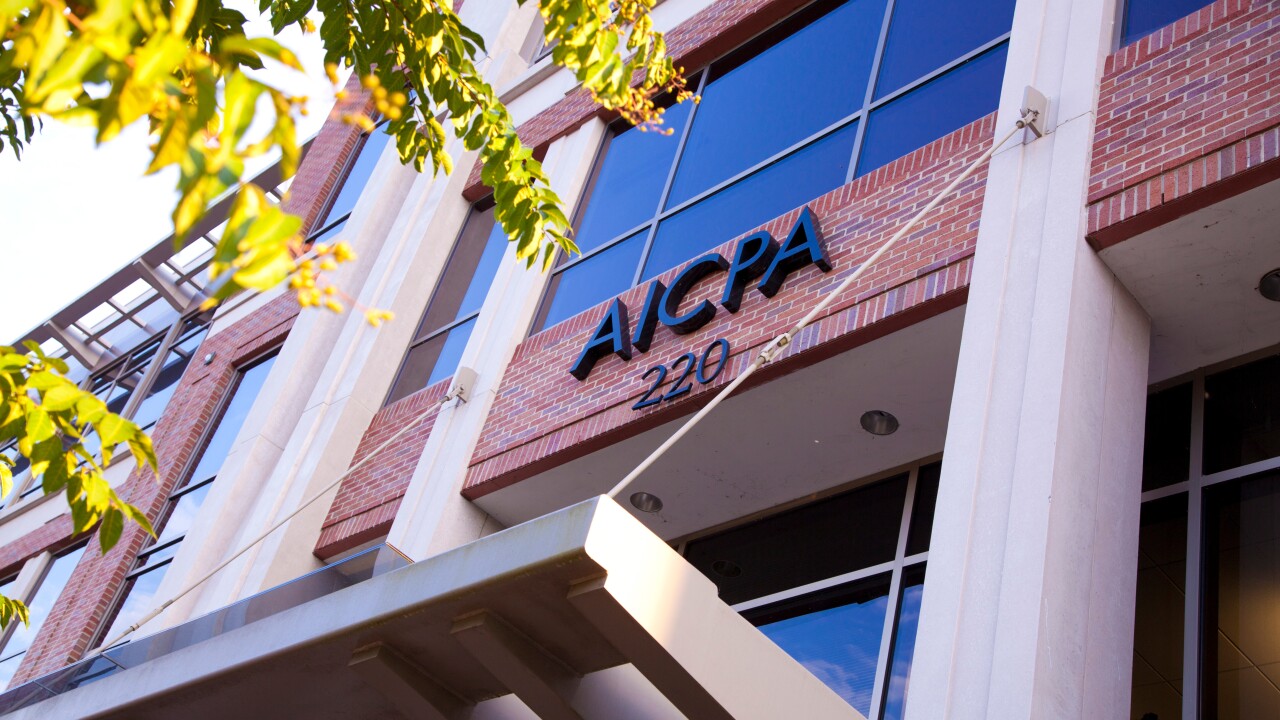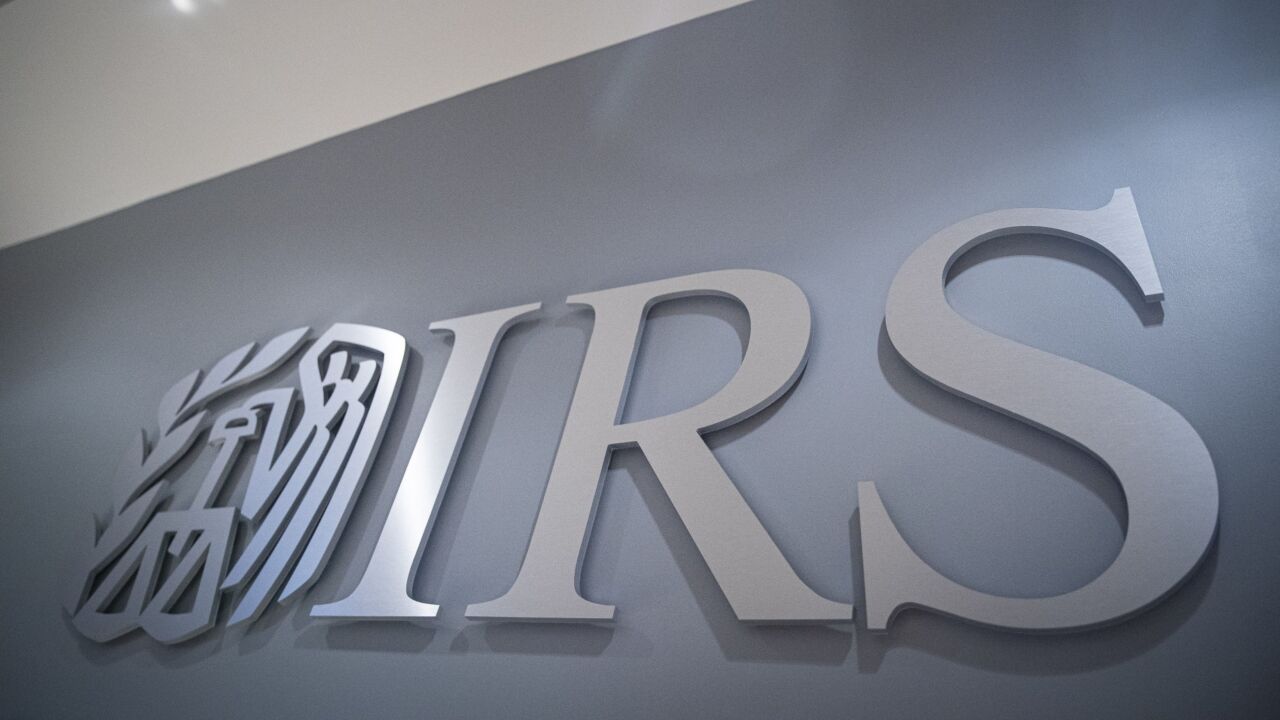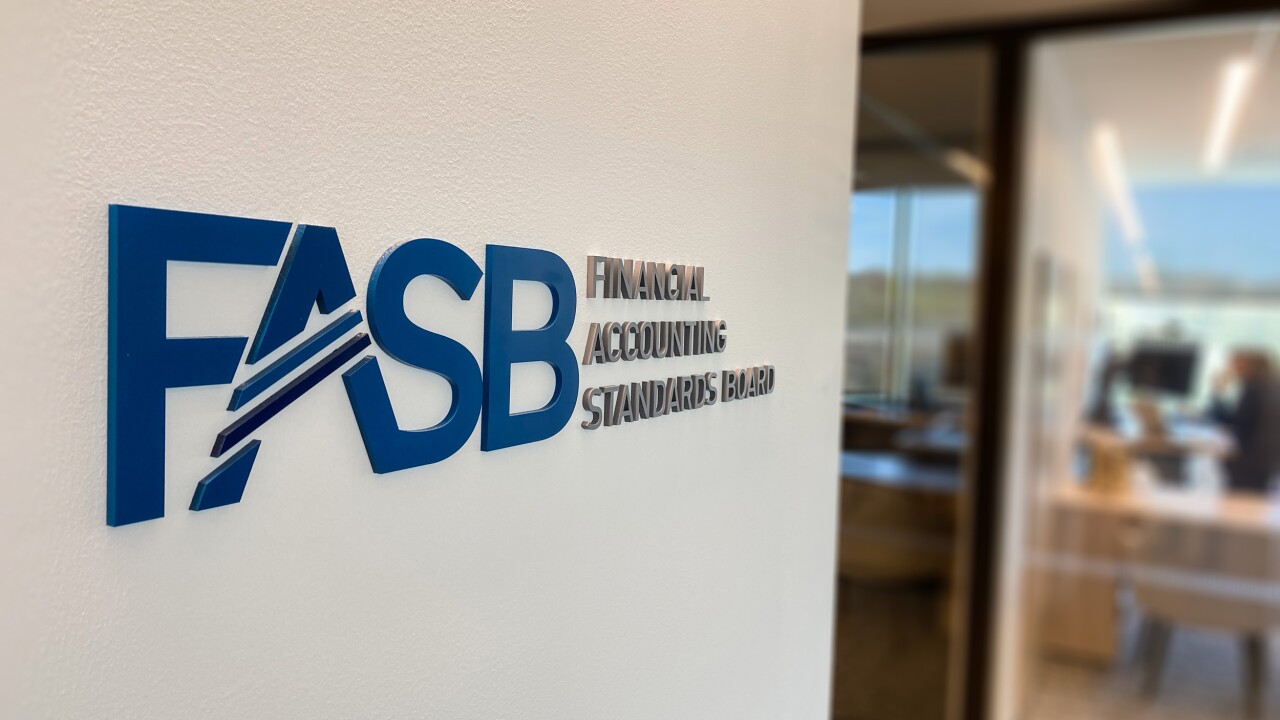As a college accounting professor, I pay close attention to how new legislation affects my students. When tax law changes, educators face the critical task of helping students understand not just what changed, but who benefits.
The One Big Beautiful Bill Act is one of the most sweeping pieces of tax legislation in recent years, and its structure offers a striking example of how policy design can favor businesses over individual taxpayers, particularly young professionals entering the job market, buying their first home, and dealing with student loan debt.
Major policy shifts
Below are some of the key policy changes that students can analyze and debate under OBBBA. These provisions show both technical tax shifts and their broader distributional impacts.
Employee deductions permanently eliminated
Employee business expense deductions — once a lifeline for early-career workers with unreimbursed costs — are permanently eliminated. Teachers, nurses, service workers, young CPAs and lawyers may still itemize due to the high cost of home ownership, but they now face higher taxable income with fewer opportunities to offset work-related expenses. This stems from the elimination of miscellaneous deductions on Schedule A.
Elimination of green energy credits
Individual green energy credits are largely repealed or restricted, while business-based incentives expand significantly. New bonus deductions apply to production property, shifting the emphasis from household-based energy incentives to business-driven investment. While some limited individual energy credits remain tied to specific retrofitting activities, the overall policy direction is clearly toward supporting business investments rather than household energy improvements.
Family-based deductions vs. modern financial realities
A subtle but important feature of OBBBA is its emphasis on deductions tied to traditional family structures, such as child-related credits and dependent care benefits, while offering fewer meaningful tax advantages for individuals without dependents. For many young professionals, this emphasis feels out of step with their financial reality. Rising student loan payments, escalating housing costs and other living expenses leave little room to benefit from family-oriented provisions. As a result, single earners or those delaying family formation receive far less direct tax relief than households with dependents, even when their financial pressures are significant. This widens the gap between policy design and the lived economic experience of younger taxpayers.
Charitable deduction limits tightened
Charitable giving incentives for individuals have tightened significantly. The above-the-line charitable deduction is now capped at 0.5% of adjusted gross income, and top itemized deduction limits have been lowered. Corporate charitable giving, by contrast, retains its 10% limit on taxable income, with an extended carryforward period from five to seven years. The definition of "qualified contributions" has also been broadened to include disaster relief and workforce development, enabling corporations to plan contributions strategically. This creates a clear policy divide: businesses keep and expand their charitable tax planning tools, while individuals — especially younger taxpayers — see their giving power offer little or no tax relief.
Outdated capital gains limits lock older homeowners in and keep young buyers out
The current cap on the exclusion for capital gains when selling a primary residence is increasingly acting as a barrier to older homeowners moving. Under U.S. law, sellers can exclude up to $250,000 (or $500,000 for married couples) in gains, but as home values have surged since those limits were set in 1997, many longtime owners would face a hefty tax bill if they sold. Faced with that prospective tax hit, many choose to stay put rather than list their homes, effectively "locking in" housing supply and making it harder for younger buyers to access the market. Young professionals — already struggling with high prices, tight credit and savings challenges — are left competing over a constrained number of homes while older owners, limited by outdated caps, decline to sell.
Student loan interest deduction stays limited
Young professionals entering repayment on student loans will see no added relief. The OBBBA retains the existing interest deduction cap, while businesses enjoy expanded deductions and immediate cost recovery, contributing to an uneven playing field between individual earners and corporate entities.
Tip income deductions restricted
The bill introduces unexpected limits on deductions related to tip income, further tightening tax positions for workers in industries like hospitality and retail — sectors where many young adults work second or gig jobs. While some headlines suggested that these provisions would "help service workers," the actual benefit is limited. The deduction is narrow, covering only specific tip reporting and compliance costs. It's capped, offers no payroll tax relief, and is available only if tips are properly reported as income and qualifying expenses are incurred. For most workers, this means little to no meaningful tax reduction.
A bigger picture: Who wins under OBBBA?
The One Big Beautiful Bill Act delivers significant structural advantages to corporations and business owners through expanded deductions, permanent bonus depreciation and targeted incentives. Meanwhile, young professionals face shrinking personal deductions, tighter charitable giving limits and limited relief for student debt. While some individual incentives remain, the overall design tilts clearly toward business interests. For educators, this classroom conversation is not just about memorizing code sections; it's about understanding the story the tax code tells and preparing future accountants, policymakers and business leaders to read it critically.





